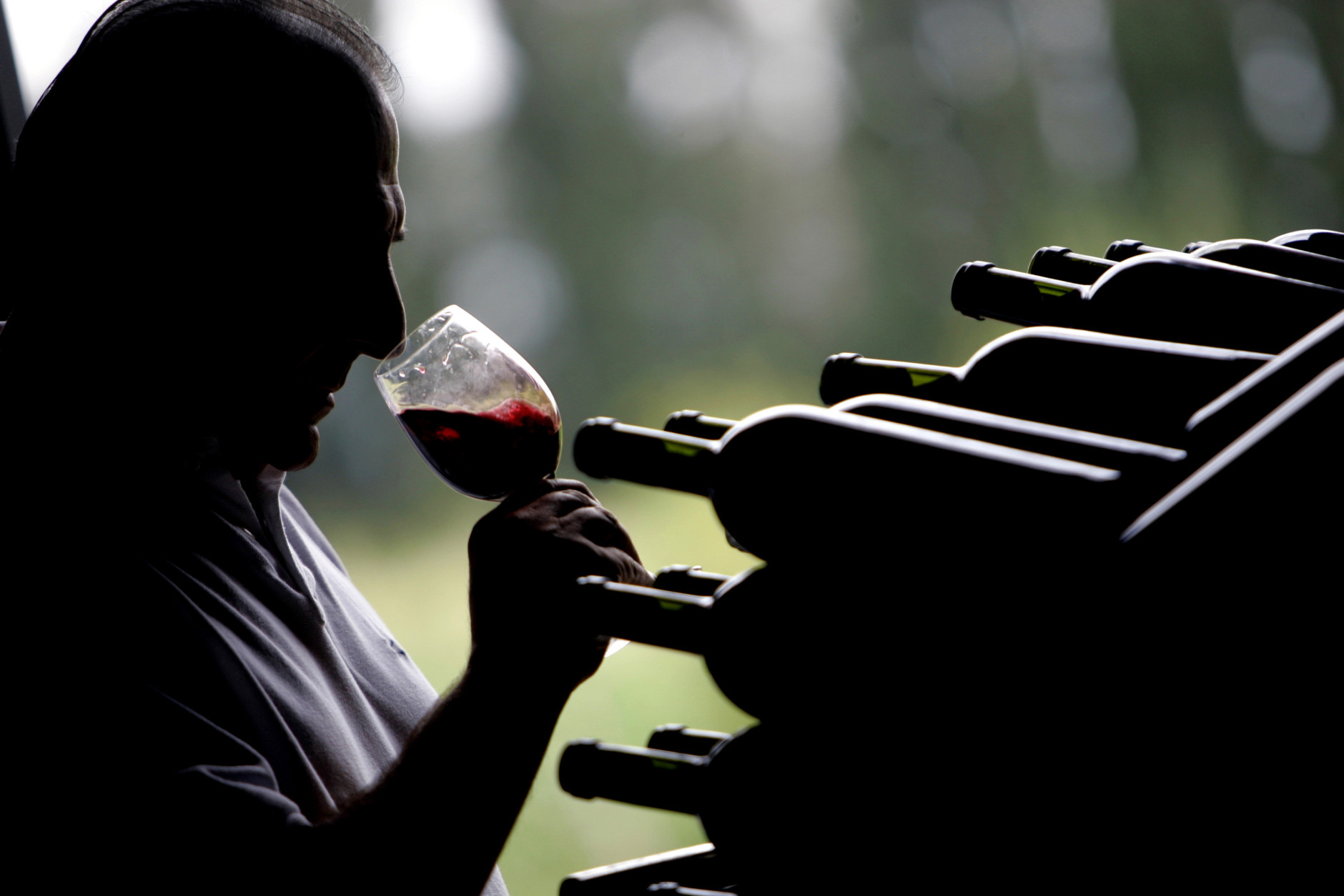
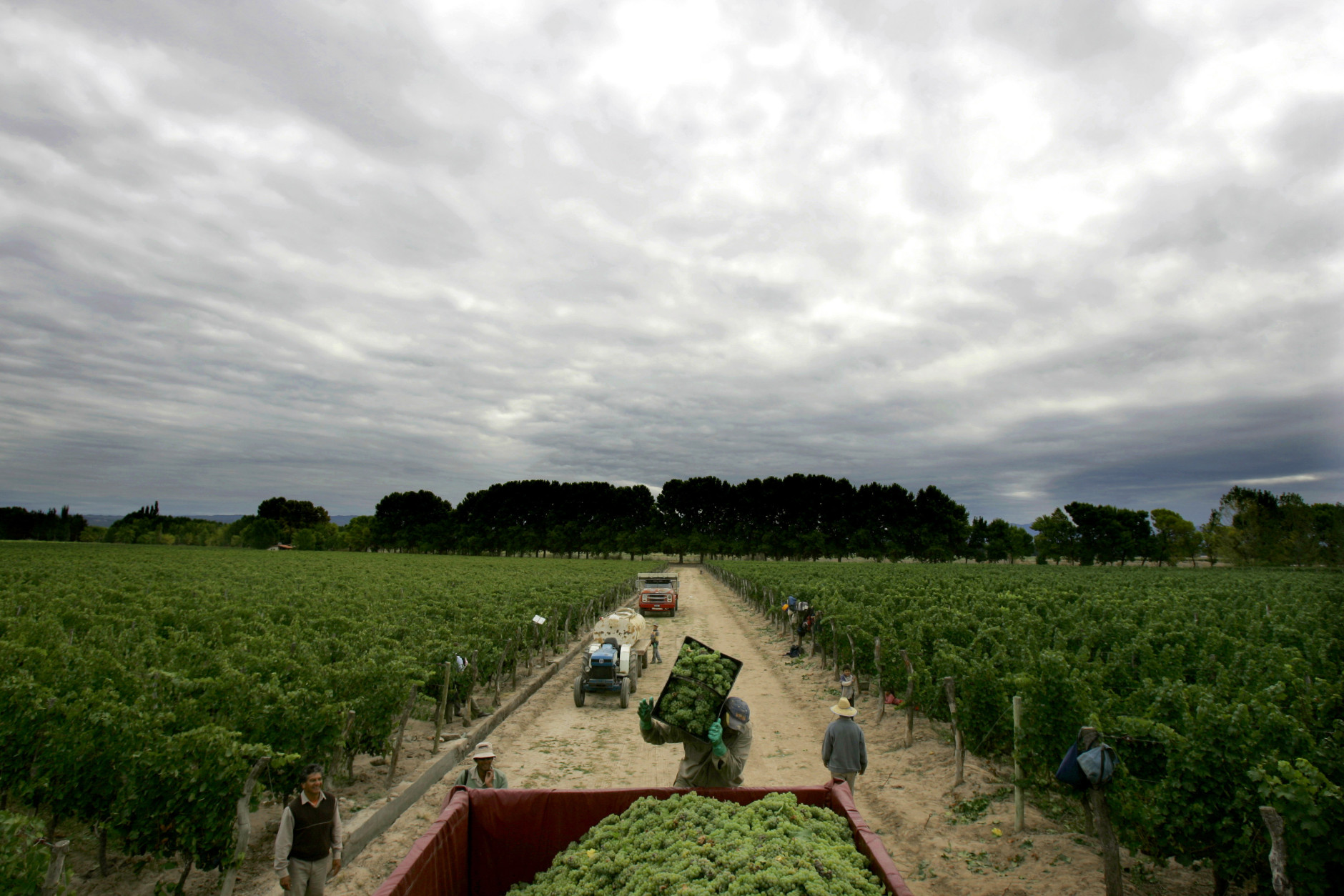
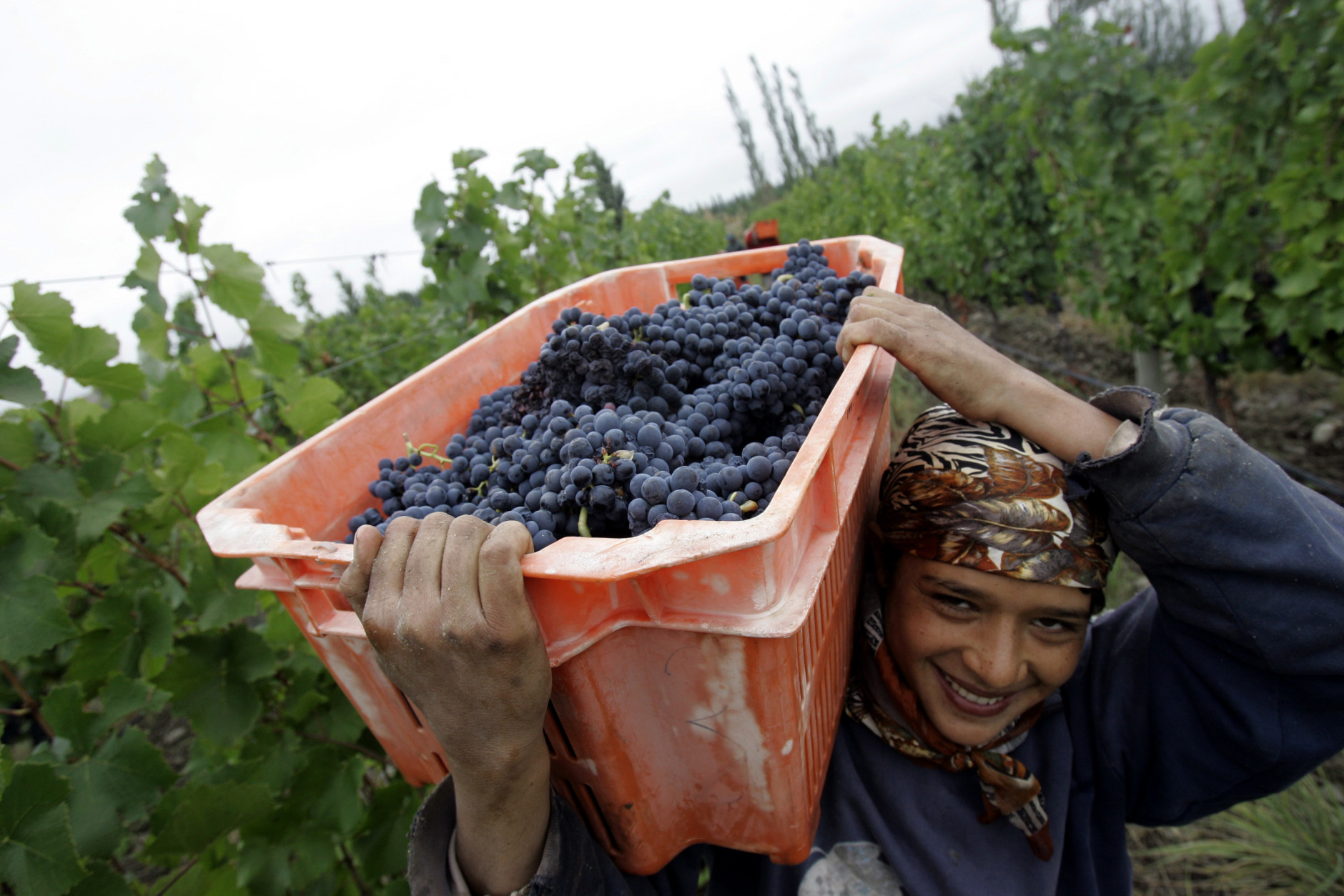
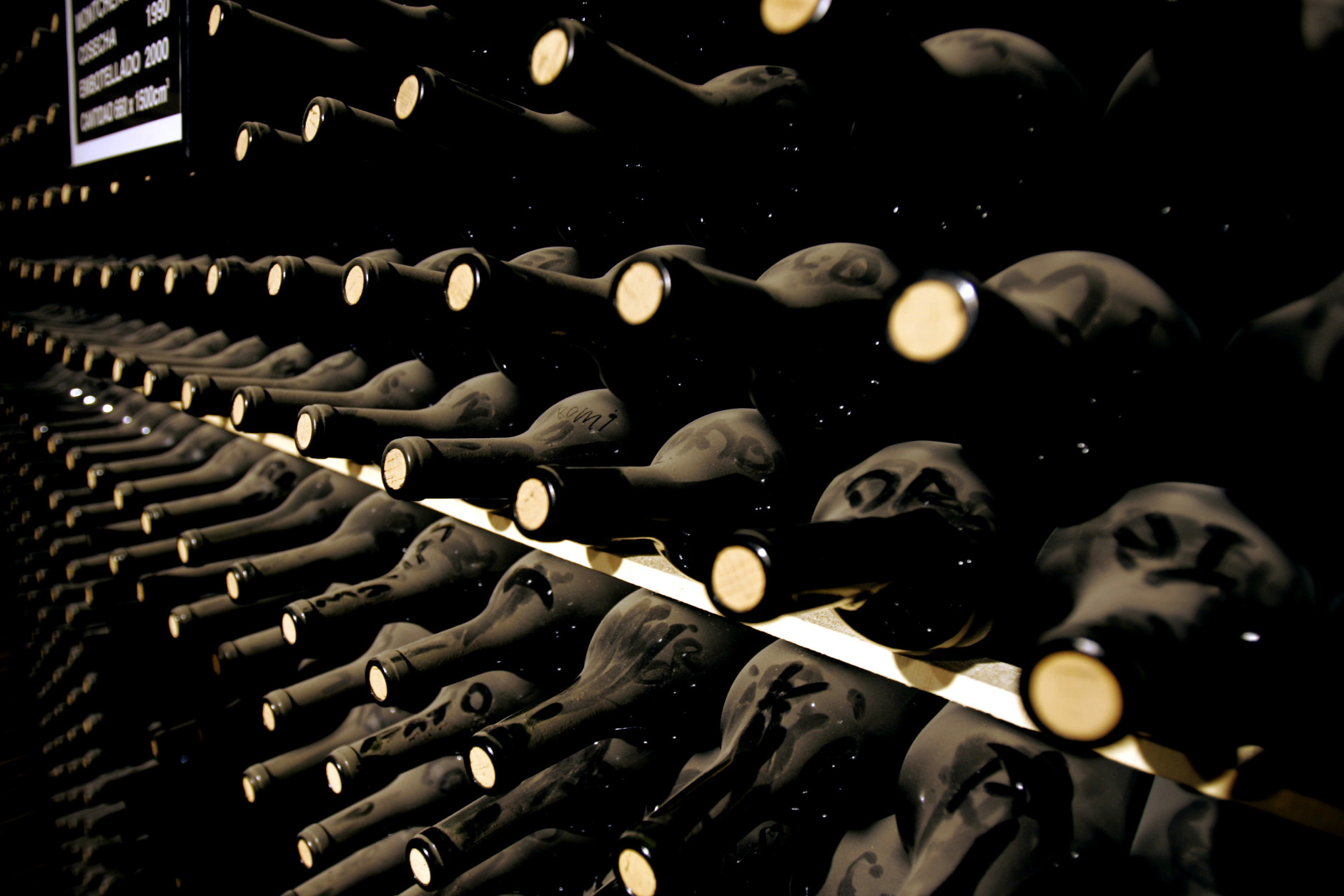
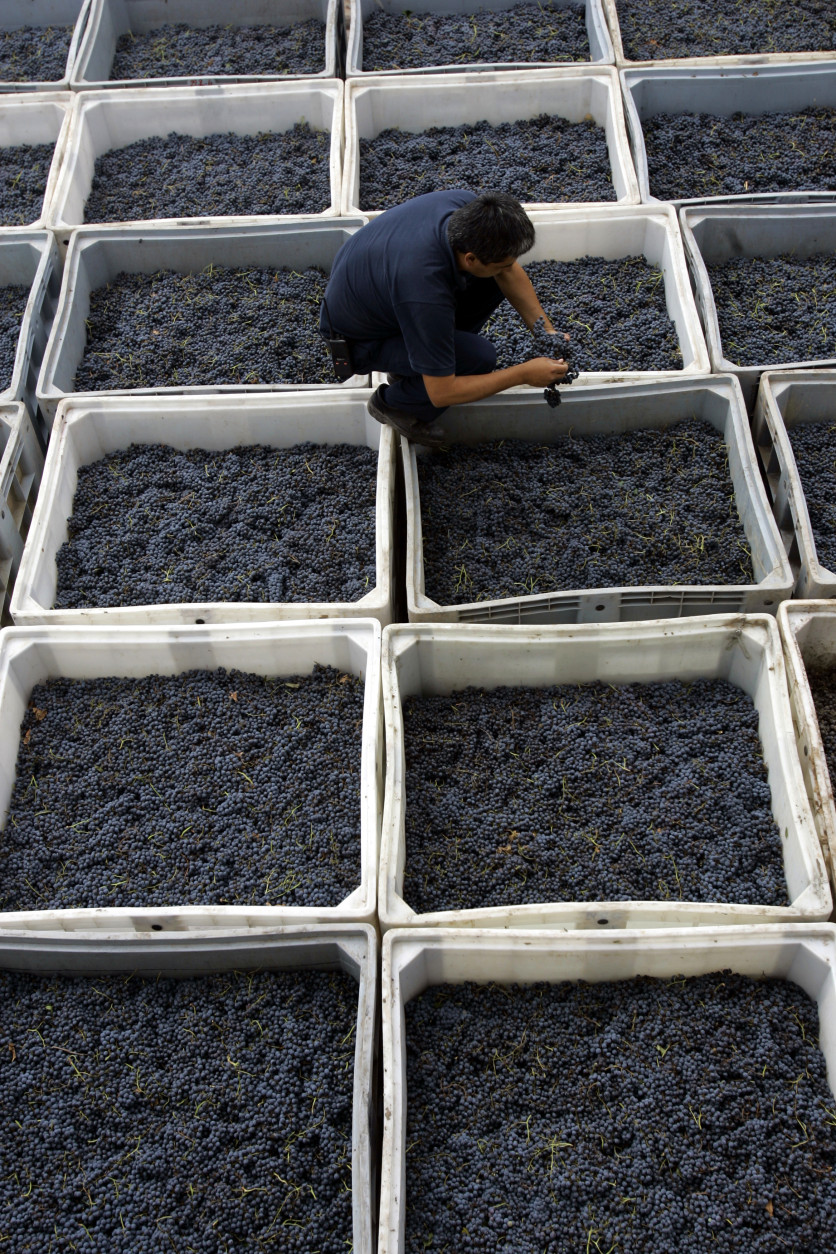
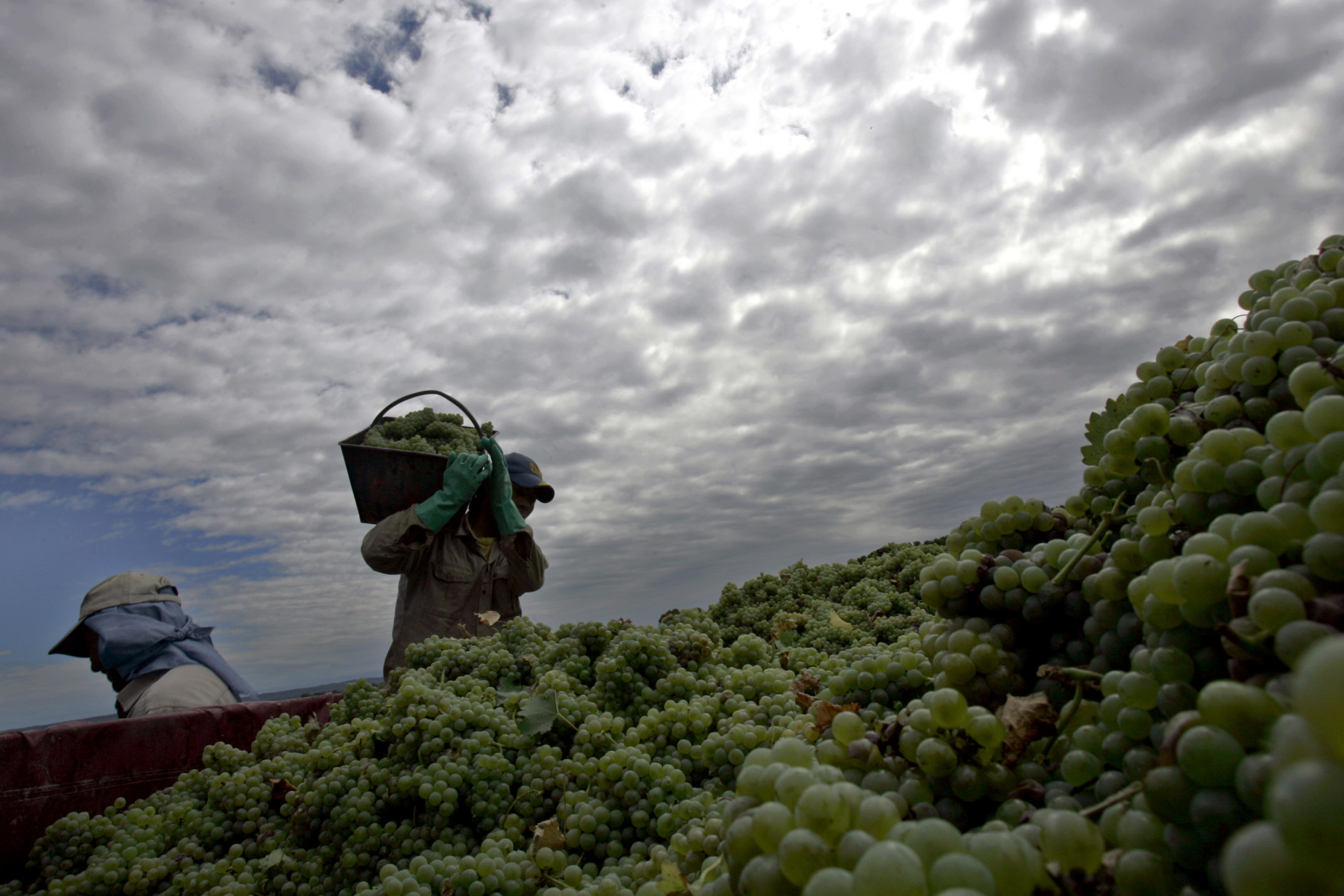
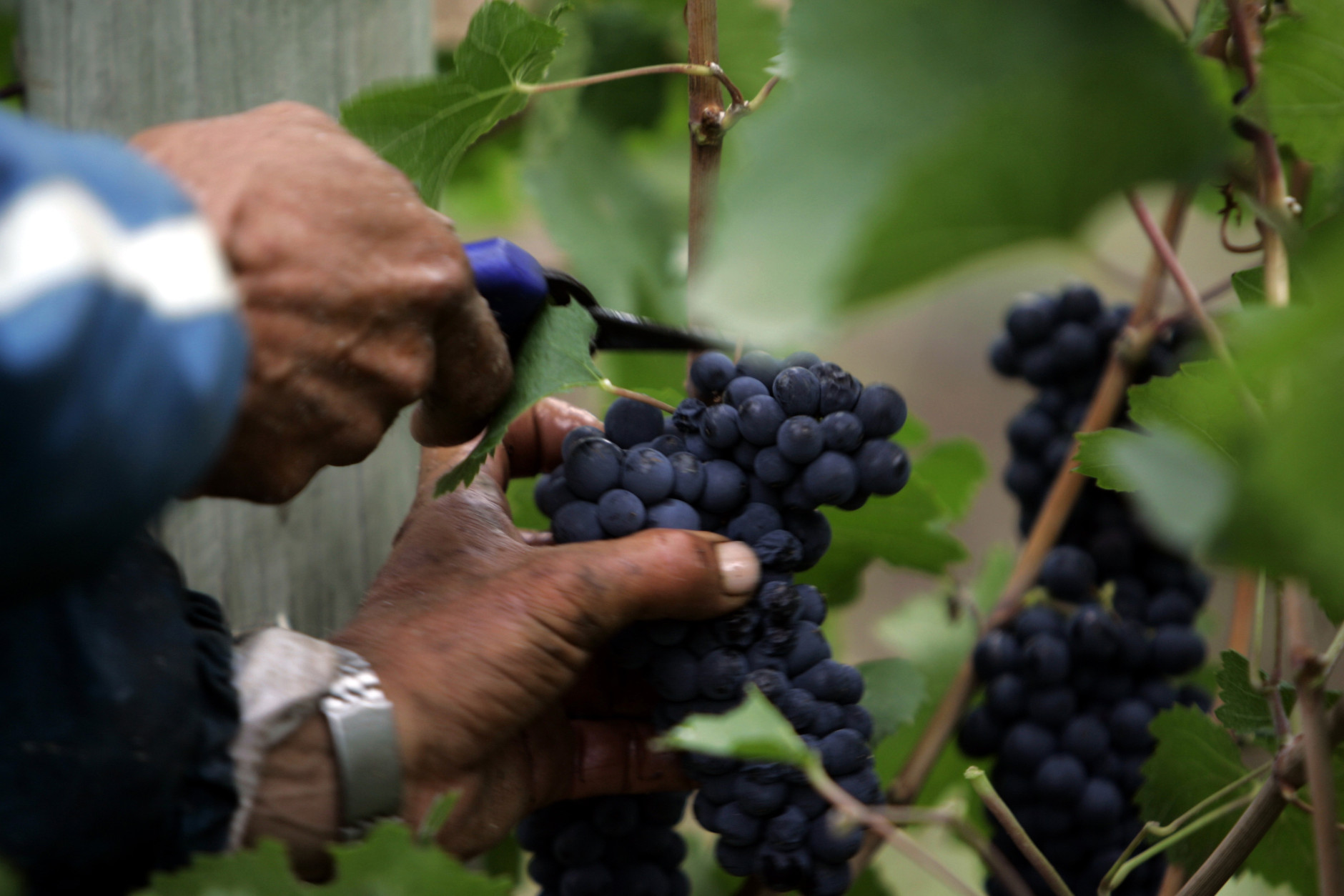

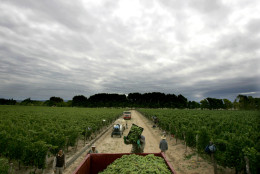
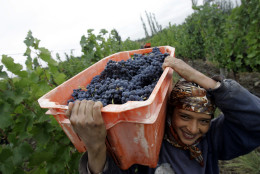
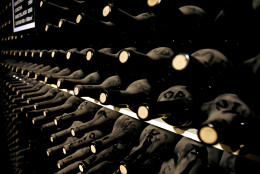
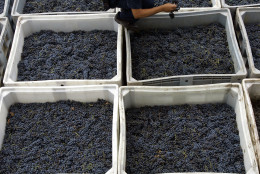
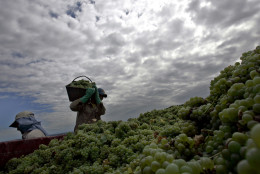
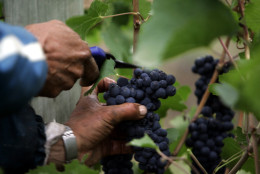
WASHINGTON — One of the most common questions friends ask me is, “What’s the next big thing in wine?”
Many wine drinkers simply want to know from where the next batch of great wine is coming. While this is a little bit like asking the weatherman for a two-week forecast, I can definitively tell you one thing: It depends.
In Europe, Portugal and Spain have been making huge strides in both winemaking quality and getting their wines imported into the U.S.
Domestically, the central coast of California has been on a roll. But in South America, Argentina continues to lead the pack in producing some fantastic wines at very reasonable prices. And with the pope on the East Coast this week, what better time to showcase a few of these South American beauties?
Argentina has been making wine since Spanish missionaries brought vine cuttings to the South American country over 400 years ago. Through the centuries, the wine industry has steadily evolved to quench the growing demand of both the Argentine people and wine consumers around the world.
However, until the early 1970s, most of the wine produced was rustic in nature and intended mostly for domestic use. But the wine landscape changed dramatically during the last decade of the 20th century when the wine industry turned to an old standby, Malbec — a grape varietal of French origin that was brought to the country in the mid-1800s.
The rising popularity of Malbec on the international wine stage, combined with a stable government and rebounding economy, was just what Argentina’s wine industry needed to jump-start their exports. This permitted wine producers to begin to invest in modern winemaking equipment and bring some of the top winemaking consultants in the world to Argentina.
As demand for Argentine wines began to increase, producers expanded their plantings beyond the traditional torrontés riojano and pedro giménez to include syrah, merlot, cabernet sauvignon, chardonnay, pinot Gris, riesling and sauvignon blanc. But it’s Malbec that continues to be Argentina’s wine mascot, particularly in the United States.
Today, Argentina has emerged as one of the most diverse wine-producing countries in the world, making affordable wines based on both old and new world techniques, with over 700,000 acres of land planted to vineyards and over 1,600 wineries producing a total of over 500 million gallons of wine per year.
The Mendoza region, located in the center of the country, is the most prominent wine-growing area, producing over half of Argentina’s wine. Located just to the north of Mendoza are the regions of San Juan and La Rioja, where hotter, drier weather caters to spicier red wines. As Argentina’s wine industry expands, many other fertile areas of the country continue to be explored and developed annually.
Some chardonnay wines today suffer from too much oak exposure during production. The 2014 La Vuelta Unoaked chardonnay from Mendoza is a refreshing break from the over-oaked club. Fermented and aged in stainless steel tanks, this wine features bright scents of green apple and white peach, which are repeated on the palate where they are joined in by flavors of pear and nectarine. The finish is fresh and crisp. Served well-chilled; it is an ideal accompaniment with soft cheeses. $9
The 2014 Maipe Torrontés from Mendoza takes its name from the Aymara people, who inhabited the Cafayate region of Argentina long before the Inca civilization. This aromatic white wine is reminiscent of Viognier, with a floral bouquet of white peach and acacia on the nose. The mouthwatering acidity keeps the flavors of peach, pear and papaya balanced between fruity and dry. The finish is long and persistent, with just a touch of orange blossom at the end. A wonderful partner for grilled seafood. $11
Of course, Malbec is the proverbial peg on which Argentina has hung its wine hat, and a very good example of that varietal is the 2013 Veramonte Primus Malbec from Mendoza. The bouquet offers up scents of blackberry and dried herbs while the palate features flavors of black plum, dark cherry and cocoa. The soft tannins provide a lush finish where hints of toasty oak weigh in. $20
Cabernet Sauvignon is beginning to find its voice in Argentina. For a special treat, try the 2012 Susana Balbo cabernet sauvignon. It’s singing the right song for the money. Remarkably smooth and elegant, it offers a mouthful of flavors toward the blackberry end of the spectrum, with notes of dark plum and cassis in supporting roles. Hints of roasted espresso and tobacco blend in on the pleasant finish, providing depth associated with wines twice the price. $25







